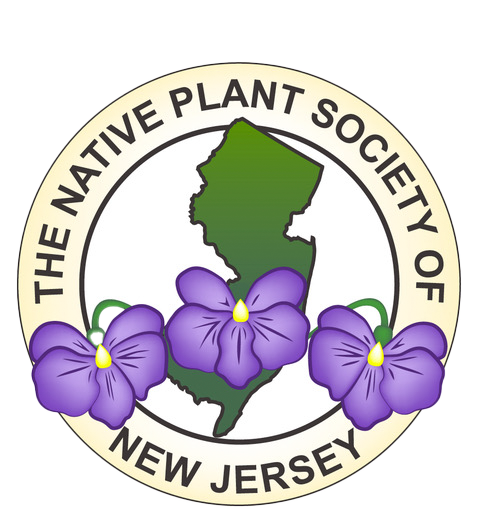Invasive plants aren’t bad plants, but due to deliberate and inadvertent human action, they are in the wrong place and can wreak havoc to native ecosystems. Invasive plants are adapted for other areas of the world in which they have other natural competitors and environmental pressures that don’t exist here and thus can run rampant. Deer generally avoid invasive plants and focus on native plants which, over the millennia, they have adapted to eat. Compounding this, because deer have no natural predators left and hunting is banned in many suburban areas, New Jersey has an unprecedented number of deer with ecologists estimating that upwards of twenty times the number as when Columbus arrived.
New Jersey is one of only two states in the country that don’t have statewide bans on the sale of some of the worst invasive plants such as Japanese Barberry, Norway Maple, Callery Pear, English Ivy, Butterfly Bush, Phragmites, and Chinese Silvergrass.
You can fight invasive plant spread by not planting invasives, removing them from your property, and learning to recognize, identify, and report invasive plants throughout the state.
Here are some resources you can use to help you fight invasive plants.
Invasive Plant Replacement List
Avoid Invasive Plants (Jersey Friendly Yards)
Friends of Hopewell Valley New Jersey Invasive Species Strike Team
Mistaken Identity? Invasive Plants and their Native Lookalikes (Delaware Department of Agriculture)
Invasive Plant Species by Hubert Ling, Ph.D. (2019)
Twenty Most Invasive Plant Species from IPCNYS (2/24/03)
What Are Invasive Plant Species Anyway?
What about Spotted Lanternflies?

Photo by Lawrence Barringer, Pennsylvania Department of Agriculture.
The spotted lanternfly (Lycorma delicatula) was first detected in 2014 in Pennsylvania and has rapidly spread throughout New Jersey.
Here are some myths and facts about the Spotted Lanternfly
Have You Seen Spotted Lanternfly Egg Masses?
by Susan Emhardt-Servidio,
Horticulturist, Rutgers Cooperative Extension of Ocean County
Is our War on the Spotted Lanternfly Out of Control?
By Benji Jones,
Senior Environmental Reporter, Vox
Jones observes that it’s not just that we have brought in the spotted lanternfly with non-native plants (don’t plant them!), the real problem is we have disrupted the natural ecosystems of this area and those disturbed areas are exactly where invasive pests thrive. The solution is, plant more native plants!
